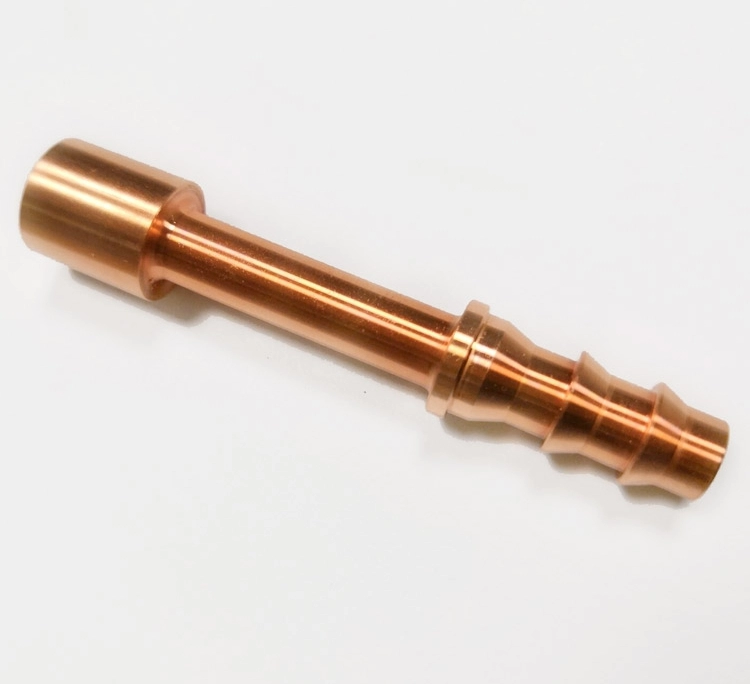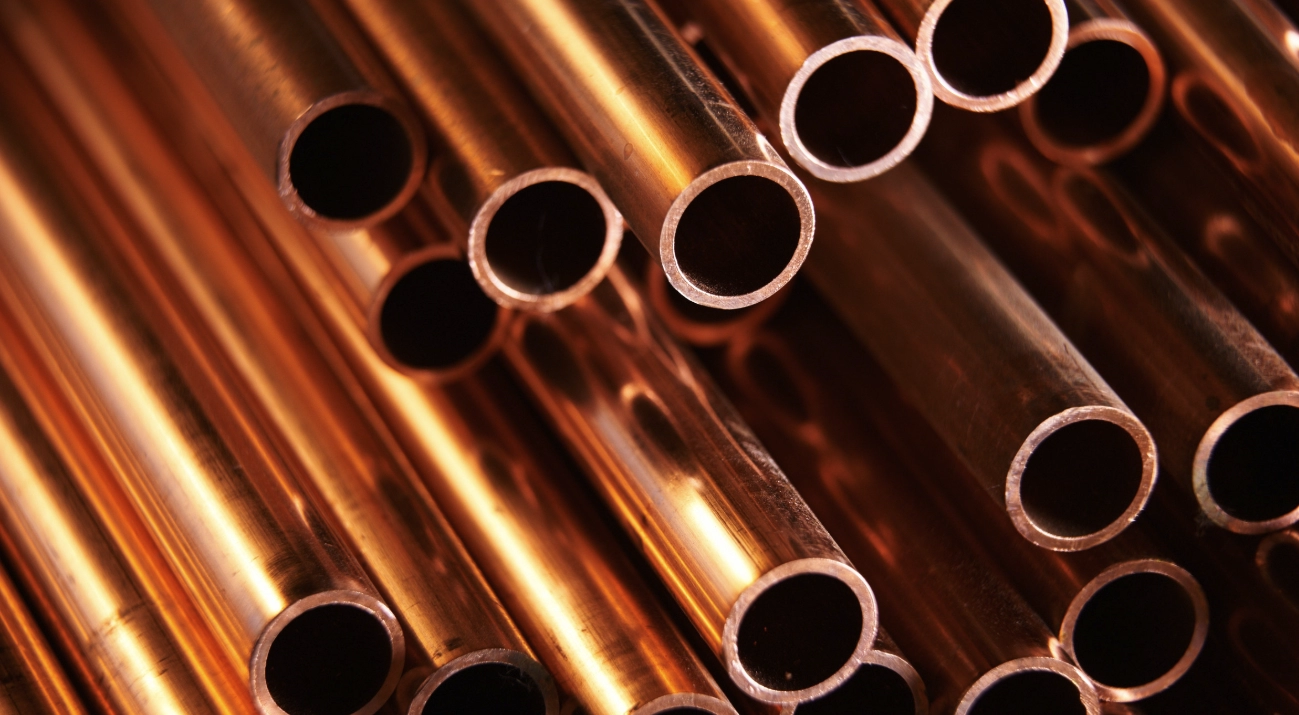Discover the Cu melting point at 1085°C and learn how copper alloys and factors impact melting for industrial and manufacturing uses.
If you’re working with metals or materials science, getting the Cu melting point right isn’t just a detail — it’s a must-know fact that can make or break your project. Copper melts at exactly 1,085°C (1,984°F), a temperature that shapes everything from electrical wiring to aerospace components. In this post, I’ll cut straight to the core: why this melting point matters, how alloys can shift it, and what it means for manufacturing and design. Ready to unlock the heat behind copper’s power? Let’s dive in.
What Exactly Is the Melting Point of Copper
The melting point of copper is the temperature at which it changes from a solid to a liquid. This transformation happens at precisely 1,984 degrees Fahrenheit (1,085 degrees Celsius). At this exact temperature, pure copper begins to liquefy, making it a crucial figure for metalworkers, engineers, and anyone handling copper in manufacturing or crafting.
To give you a quick reference:
| Metal | Melting Point (°F) | Melting Point (°C) |
|---|---|---|
| Copper (Cu) | 1,984 | 1,085 |
| Aluminum | 1,221 | 660 |
| Iron | 2,800 | 1,538 |
| Silver | 1,763 | 962 |
Knowing copper’s melting point helps in selecting the right equipment and techniques, especially when working with copper alloys or melting copper in industrial furnaces. Understanding this temperature sets the foundation for safely and effectively manipulating copper across various applications.
Factors Influencing the Cu Melting Point

The melting point of copper isn’t always set in stone. Pure copper melts at about 1,984°F (1,085°C), but several factors can shift this temperature.
Role of Impurities and Alloys
- Impurities like oxygen, sulfur, or other metals in copper can lower or sometimes raise its melting point slightly.
- When copper is mixed with other metals to form copper alloys (like brass or bronze), the melting temperature often changes. For example, brass melts lower than pure copper because zinc mixed into copper affects how it melts.
- Alloys provide different melting ranges, not a single fixed point, because of the mix of metals involved.
Environmental and Processing Variables
- The atmosphere during melting—whether it’s air, vacuum, or controlled gas—affects melting behavior by influencing surface reactions and heat transfer.
- Heating rate and furnace type matter; quicker heating can cause temperature gradients, sometimes requiring higher temperatures to fully melt copper.
- Pressure changes usually don’t impact copper’s melting point at typical furnace conditions but can be a factor in advanced industrial setups.
Understanding these influences helps ensure accurate temperature control during processes like casting, welding, or melting copper in furnaces, keeping quality steady and avoiding defects in the finished product.
How the Melting Point of Copper Compares to Other Metals

Copper has a melting point of about 1,984°F (1,085°C), placing it in the mid-range among common metals. For context, metals like aluminum melt at a much lower temperature—about 1,220°F (660°C)—making them easier to melt and cast. On the other hand, metals such as iron and steel have higher melting points, roughly 2,800°F (1,538°C) and 2,500°F (1,370°C) respectively, which means they need more heat during processing.
When looking at copper alloys, the melting temperature can vary significantly, often being lower than pure copper because of the effect of added elements. For example, bronze and brass melt at temperatures slightly below pure copper’s melting point, which makes them more workable in specific applications.
Compared to other metals in the thermal conductivity range, copper stands out because it combines good heat transfer with a moderate melting point, making it ideal for electrical wiring and heat exchangers. When choosing a metal based on melting point, it’s important to keep these differences in mind, especially for applications that must withstand high temperatures or require precise heat control, like copper welding or casting.
In short, copper’s melting point strikes a balance—it’s higher than light metals for strength at heat but lower than heavy metals, offering versatility in industrial and everyday uses.
Practical Applications Where Cus Melting Point Shines in Industry
Copper’s melting point of about 1,984°F (1,085°C) makes it a favorite for a wide range of manufacturing and casting processes. Because it melts at a temperature that’s high enough to handle most industrial demands but still manageable in standard furnaces, it’s ideal for shaping and forming parts with precision.
Manufacturing and Casting Techniques
- Casting: Copper is often melted and poured into molds to make pipes, fittings, and architectural components. Its melting point allows for smooth flow without degrading the metal.
- Casting Alloys: Copper alloys like bronze and brass have slightly different melting points but maintain good flow characteristics for casting.
- Welding and Brazing: The heat threshold needed to melt copper helps in controlled joining without damaging surrounding components.
- Electronics and Electrical Components: Copper’s excellent thermal conductivity and stable phase transition near its melting point make it perfect for wiring, connectors, and circuit boards.
Everyday and Advanced Uses
- Plumbing and HVAC: Copper pipes and fittings rely on its melting point to resist deformation in heat and stress, ensuring durability.
- Cookware: High-quality copper pots and pans use the metal’s ability to withstand high temperatures while distributing heat evenly.
- Renewable Energy: Copper’s melting point supports manufacturing parts for solar panels and wind turbines that operate under thermal stress.
- Aerospace and Automotive: The combination of copper’s melting point and thermal conductivity lets manufacturers design parts that manage heat effectively during operation.
Overall, copper’s melting point opens up versatile industrial possibilities—from everyday products to high-tech solutions—making it an essential metal in U.S. manufacturing and beyond.
Challenges and Best Practices for Working with High-Melt Copper
Working with copper’s high melting point of around 1,984°F (1,085°C) poses some unique challenges. Here’s what you need to watch for and how to handle it:
Common Pitfalls and Solutions
- Overheating Risks: Copper requires high furnace temperatures, which can cause equipment wear and oxidation. Use protective atmospheres or fluxes to reduce oxidation during melting.
- Impurity Control: Even small impurities shift copper’s melting temperature and affect quality. Make sure to use high-purity copper or well-controlled alloys to maintain consistency.
- Welding and Joint Formation: Copper’s thermal conductivity means heat spreads quickly, making welds tricky. Preheating and specialized welding equipment help avoid cracks or weak spots.
- Thermal Expansion Issues: Copper expands a lot when heated. Allow for this in designs and during cooling to prevent warping or stress fractures.
Safety and Sustainability Considerations
- Heat Safety: Working at high temperatures means strict safety gear and ventilation are a must. Protect skin and eyes, and ensure proper furnace controls to avoid accidents.
- Energy Use: Melting copper is energy-intensive. Choose energy-efficient furnaces and recycle scrap copper to reduce your carbon footprint.
- Waste Management: Handle slag and fumes properly to comply with environmental regulations and keep local air quality safe.
- Recycling Benefits: Copper is highly recyclable without loss of properties, making it a sustainable material choice. Incorporating recycled copper reduces mining impacts and energy use.
By knowing these challenges and applying best practices, you can work effectively with copper’s high melting point while keeping safety and sustainability front and center.
